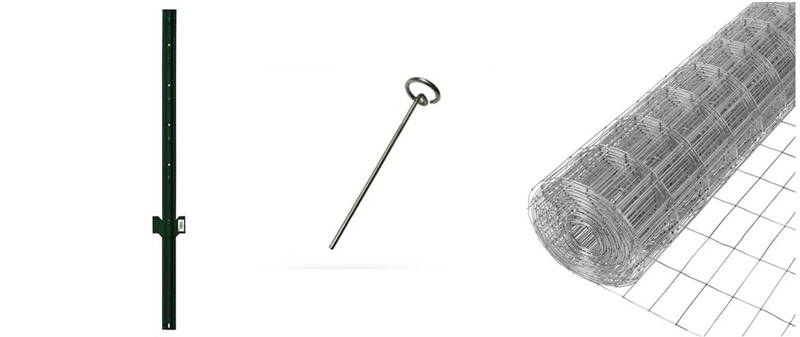There is no sense in giving away a native tree, and then patting ourselves on the back like our job is done. The job is only done when the trees are happy, thriving, and adding resilience to the environment. Sometimes, this can be harder than it sounds. Feel free scour this page for advice, or to simply reach out to us and ask us to do it for you. We are more than happy to spend an afternoon getting our hands dirty free of charge, if it means contributing to the longevity of our local ecosystems.
If you’d like us to plant and protect the baby native for you free of charge, or provide you with the materials to do it yourself, please simply reach out via the email below:
AlsoaSteward@gmail.com
For our approach, continue reading below.
Planting the tree
Planting the tree is the easy part, but there are still mistakes that can be made. The main four mistakes that people make are:
- Planting the tree in a bad location
- Planting the tree too deep
- Planting the tree too shallow
- Not digging a big enough hole
Regarding location: make sure you plant the tree where it will receive the amount of sunshine it needs to thrive, and where it will have the room it needs to grow — in both the height and width directions. There’s not really more I can say about that here, as every plant has different needs. Consult the page for the specific tree you’re planting, or feel free to reach out.
Regarding planting the tree too deep or too shallow: you want to plant the tree such that the soil from the pot (and thus the base of the sapling) is level with the surrounding ground. Is can be easy to convince yourself that either deeper or shallow is better. Deeper: maybe if it’s a ditch, water will flow to the tree, and I’ll have to water it less. Or maybe planting it deeper then filling it with soil will help support the stem, and keep it more upright. Both of these are bad ideas, and can lead to root rot. You do not want the tree to sit in a puddle of water. Nor do you want to cover up the young root flare with dirt or mulch. It needs to breathe and interact with the atmosphere. Planting the tree too shallow is a bad idea too, because it can lead to a mound which directs water away from the tree, meaning the tree will be thirsty. Sometimes people also plant the tree too shallow simply because they are finding it difficult to dig a deep enough hole. If this is the case, that means the soil is very compacted or rocky, and the trees roots will probably have a tough time expanding in that direction too!
Regarding hole size. The hole should be roughly twice as wide as the pot, and just a little deeper. This step is often shortcut, because digging can be hard. But these are young trees that have been in a pot their whole lives, and their roots desperately need room to grow. By digging a wider and deeper hole, you will eventually be refilling it with some of the soil took out, but it will be much looser and more aerated. This will give the young tree roots an easy place to expand into, helping it grow faster and rebound from any transplant shock sooner. When you remove the tree, you want to break apart the soil and roots so they are no longer bound, but are free-flopping instead. Then, place the tree in the new hole such that the roots are spreading outwards. Since the roots are now spread wide, this usually means that they are now shallower than when they were in the pot, so the pot-depth hole you dug will be too deep. You should fill in some loose dirt at the bottom, such that the root flare is level with the ground when planted. This gives the roots an easy chance to spread in both the side and down directions.
Protecting the tree
Protecting the tree is the hard part, but it is every bit as vital to the tree’s survival. There is unbelievable pressure from weeds and grass competing for water, nutrients, and sunlight. But that’s not the main issue. Deer. At least where I am, but also for incredibly large swathes of the nation, the deer browsing pressure is immense. I can say with certainty that no sapling I have planted on my property would have survived if it wasn’t protected from deer. Even the ones that are supposedly “deer resistant.” They’ll still munch it once or twice just to see whether they might like it, and that is usually enough to do the young sapling in. And the saplings they don’t much to death, they will trample to death accidentally. Young saplings must be protected from deer.
There are many approaches, but the one we have settled on, and the one we will provide to you if asked, is a compromise between cost, ease of installation, and aesthetics. I don’t think any sort of re-wilding effort will succeed if it makes people’s properties uglier, which is why we carefully curate various types of trees to suit various preferences. But if protecting the tree from deer is done in an ugly way, it can be enough to deter people from choosing to plant a new tree. We believe our method is both effective, and attractive enough to not sully your view. It can be removed when the tree is about 8 feet tall, which will only take a few years — depending on the tree type and where it is planted.
Items we use in our approach:
- 1x 4ft U-post
- 1x smaller, 12″ round-top stake
- Approximately 7 linear feet of 4ft tall “welded wire”
- Mulch as weed barrier

All together, it costs about $15 to protect a tree when using these materials (and not buying in bulk). At this stage, we are more than happy to cover the costs to either install it for you, or furnish you with the supplies. If we grow beyond our expectations, that may change… but hey, that would be a good problem to have!
The installation is simple. The welded wire naturally wants to bend into a circle, because of the way it is made/stored. One edge will have extending bits of wire that you can simply twist onto the other edge, and you will have a nice, sturdy, circular cage of welded wire. Bang the U-post into the ground, then secure the cage to it (I use 16-gauge annealed wire for this — cheap and works perfectly). The additional small stake is placed opposite the U-post. It goes inside the circumference of the cage, but right on the edge, such that the round tops of the stakes extend over the base of the cage. This helps keep the cage rigidly in place, should someone bump into it, like a deer or child.
